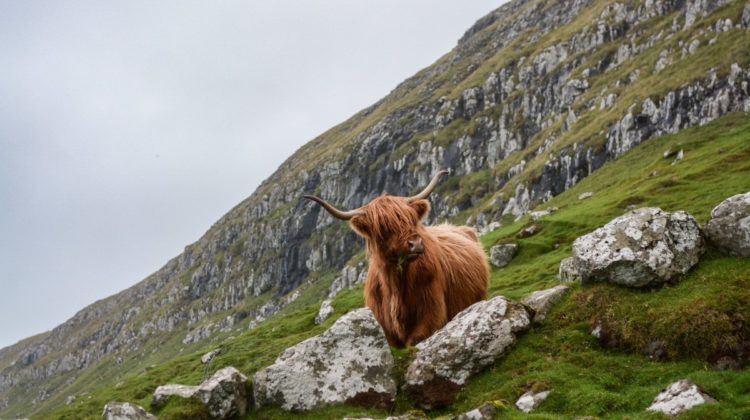
Technology
Let’s save them all!
In 2019, out of 105,000 species, Red List identified that 28,338 are at the risk of extinction because of human activity. Today, the list has grown to 32,000 of species on the brink of extinction, including 14% of all birds and 26% of all mammals.
Of course, some damage was caused by the natural climate cycles. But the greatest damage is human-made.
The human activities such as poaching, land development and regular harmful environment emissions have already brought biological diversity to the alarming state.
Here I would like to cover how AI can help us do the best we can in saving biodiversity.
Let’s cover this point on the example of penguins.
Penguin populations are one of the critically endangered ones. In fact, in 2019, the world’s second-largest emperor penguin colony was almost ‘wiped-out’ overnight due to a collapse of an ice shelf in Antarctica. Penguins are one of the species that are now suffering from current and projected climate change and could completely disappear by 2100.
What is the struggle?
Prior to designing the penguins saving strategy, researchers have to analyse the exact rate of the population decline and to determine the cause of it.
When it comes to calculating the exact number of the species population in a specific location and at a specific time, researchers use camera traps or footage from the drones.
Camera traps are placed in remote locations and are equipped with motion-sensors. These cameras can collect a huge amount of data by photographing and filming animals passing by.
For example, here is a 3-sec video made by WWF of how Antarctic ice looks like from the penguin’s point of view:
While capturing perfect footage is only one of the challenges, the distortion of the image or other distinctive behaviour features of particular species is another.
For instance, when Antarctic penguins are forming a close group, sometimes it is hard to count the exact number of birds.
What AI can do here?
These are one of the issues that AI powred by image recognition can help with. The system scans thousands of pictures of Antarctic penguins to get a general idea of what an Antarctic penguin looks like from every side. Based on the data of the distinctive features of the bird, AI can identify separate penguins on the image and count the exact number.
